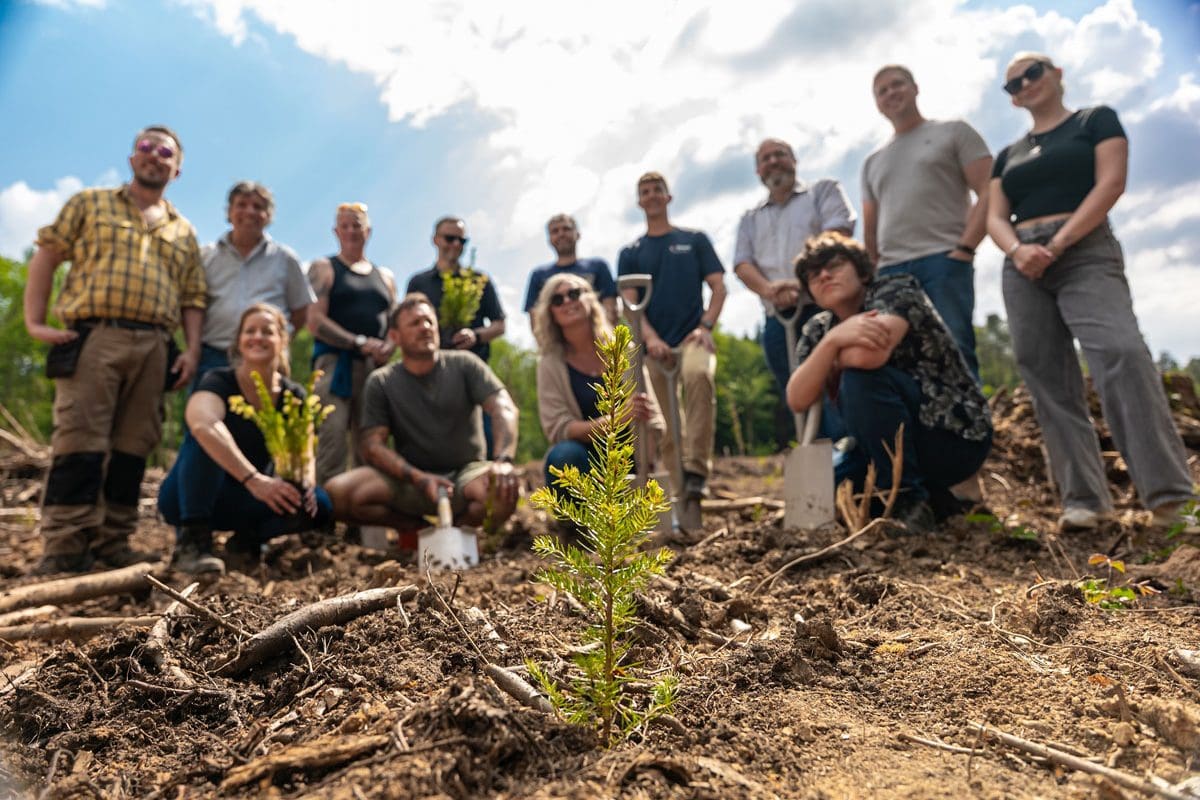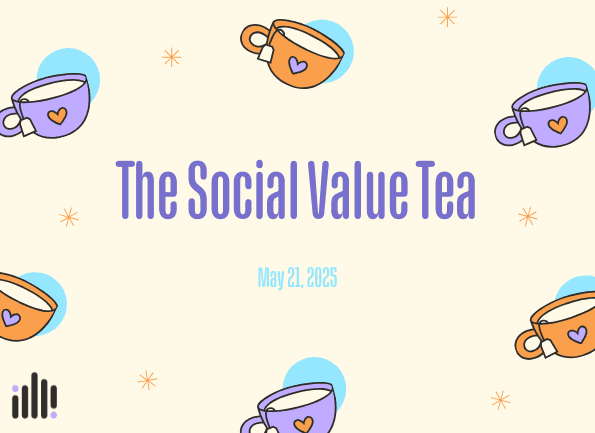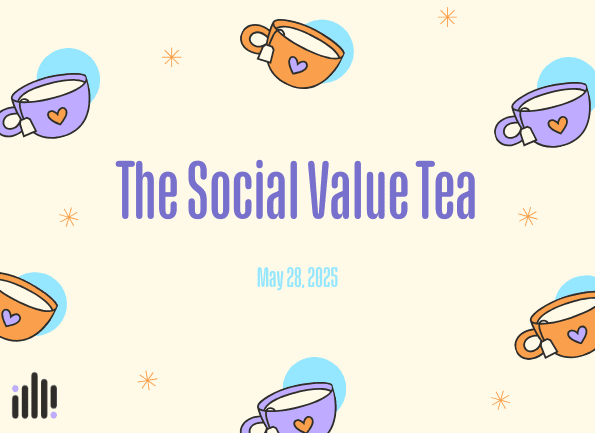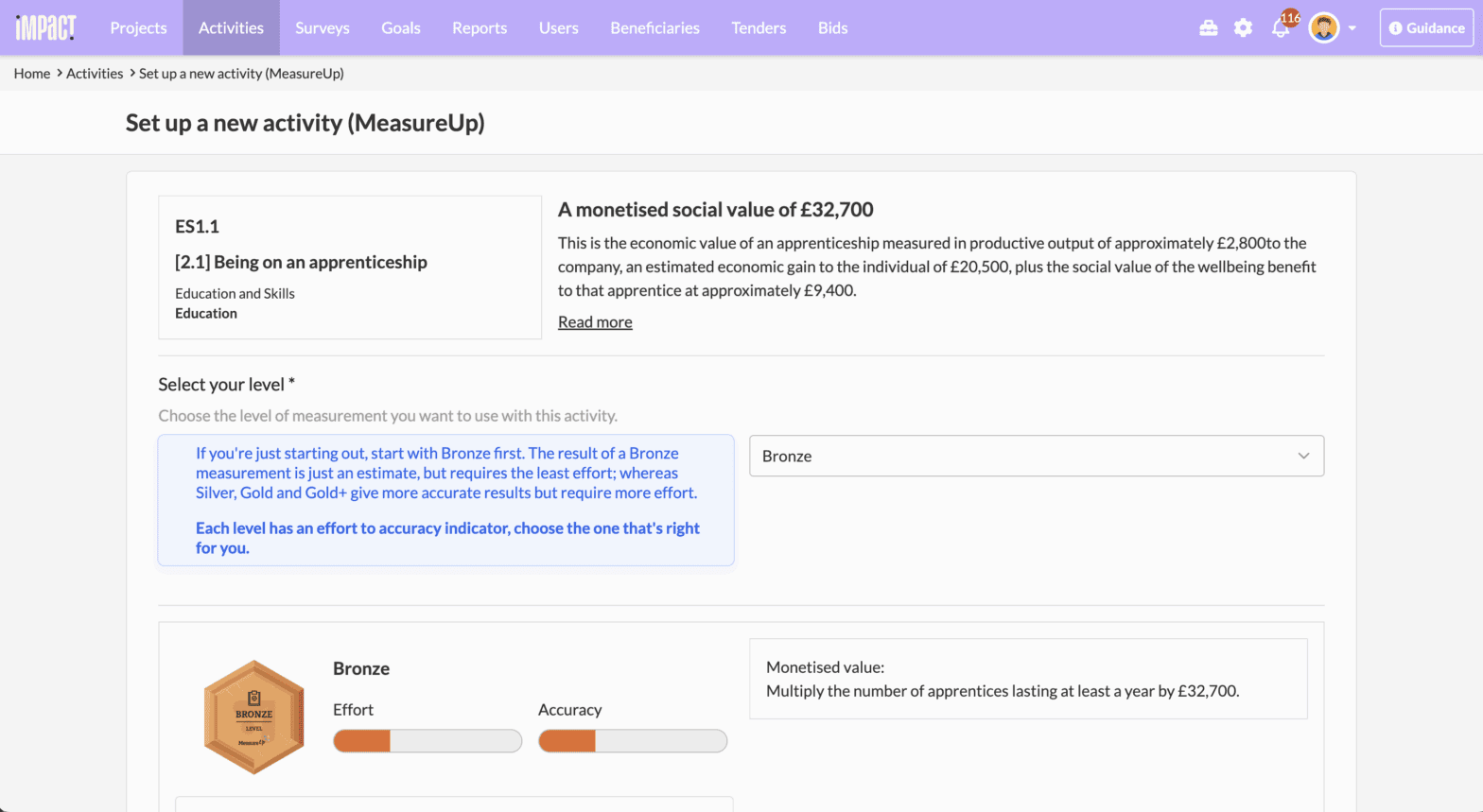What Is “Social Value”? Understanding the Real Meaning Behind Wellbeing and Impact
What is social value, really?
It’s a term we hear everywhere – in bids, boardrooms, and government strategy – but it’s often misunderstood. This first lesson from our Foundations: Introduction to Social Value 102 course unpacks the concept clearly, grounding it in wellbeing, economics and community impact.
Whether you’re a social value lead, bid writer, or sustainability professional, this lesson will help you build confidence in defining and communicating what social value means in your own context.
If you find this useful, you’ll love the full course. It goes further, exploring frameworks, practical examples and tools to help you embed social value across your organisation.
👉 Access the full course on Teachable →
EXCERPT
Social value is a concept that’s increasingly central to how we think about the wider impact of organisations. But what exactly does it mean?
There’s no single, universally agreed definition of social value. Different sectors and organisations interpret it differently. But at its core,
Social value is about the changes we create in people’s lives – changes in their wellbeing – which can be positive or negative, intended or unintended.
And crucially, valuing those changes from the perspective of the people experiencing them.

Understanding social, economic and environmental value
To understand social value more clearly, it’s useful to compare it with other types of value:
- Economic value: Changes in money, e.g. income, revenue, or costs. Typically captured through prices and financial transactions.
→ Financial accounting - Environmental value: Changes to natural resources, ecosystems, or carbon emissions.
→ Sustainability reporting - Social value: Changes in people’s wellbeing. These can result from things like access to jobs, education, health services, community connection, and more.
→ Social accounting
Why it matters
Social value matters because it helps us ask and answer the question:
Are we making as much positive impact as we can, as quickly as we can, with the resources we have available?
It moves beyond what’s easy to measure (like money or carbon) and focuses on what’s meaningful. And when done well, it ensures that decision-making reflects the real needs and experiences of people and communities.
A brief history
While the term “social value” rose to prominence in the early 2000s, the concept is much older:
- 1500s–1600s: Philanthropy and charitable giving formalised through legislation like the Poor Laws
- 1800s: Corporate social responsibility emerges during the industrial revolution (e.g. Cadbury, Peabody, Carnegie)
- 1987: The UN defines “sustainable development” including social, environmental and economic wellbeing
- 2012: The UK enacts the Public Services (Social Value) Act, requiring public sector buyers to consider wider value in procurement
Two common perspectives on social value
1. Community and contract-focused social value
Used in procurement, especially in the UK public sector. Defined by government as:
“Improvements to the social, economic and environmental well-being of the relevant area.”
This view sees social value as place-based, intentional outcomes, like:
- Creating local jobs
- Supporting small businesses
- Improving public health
- Reducing environmental harm
This version of social value leads to actionable contract specific commitments that have trackable delivery metrics often linked to public sector strategy and Government priorities.
2. Wellbeing-centred social value
Used in impact measurement and management, by Social Value Practitioners, and integrated into HM Treasury Greenbook practice.
Defined by Social Value International (SVI) as:
“The importance people place on different aspects of their wellbeing and the changes they experience.”
This approach emphasises:
- Capturing and valuing real-world outcomes for people
- Involving those affected in defining what value means
- Measuring changes in wellbeing in meaningful, non-market ways
(SVI sets the Principles of Social Value and is a global network for practitioners working in impact and social value.)
Other leading definitions of social value
BSI BS8950 (British Standards Institution)
“Social value is created through the generation of personal and collective wellbeing over the short and long term.”
This UK standard helps organisations embed social value in strategy and operations.
HM Treasury Green Book (2022)
“Social or public value includes all significant costs and benefits that affect the welfare and wellbeing of the population, not just market effects.”
This is the definition Impact Reporting uses for the MeasureUp framework. It aligns social value with welfare economics, taking into account all impacts on people, not just financial outcomes.
Public Services (Social Value) Act 2012
“Economic, social and environmental well-being”
This law put social value on the agenda in public procurement, though critics argue it lacks strong enforcement. Nevertheless, it helped spark broader awareness and adoption across government and supply chains.
Final thoughts
The main message to take away from this is that: there is not one size fits all definition on Social Value! The slide below has even more definitions. When reporting on social value to stakeholders it is important that you understand what they mean when they are talking about social value or define it:

Ultimately, understanding and maximising social value requires a holistic approach that considers both immediate benefits and long-term implications for society and the environment.
Key takeaways
- Social value is about the changes an activity creates for people’s lives – especially their wellbeing.
- There is no one-size-fits-all definition. It’s essential to clarify what social value means in your context.
- In public procurement, social value often focuses on local economic, community and environmental outcomes.
- In impact measurement, social value focuses on wellbeing and lived experience.
- The most credible approaches involve listening to stakeholders, defining value through their eyes, and measuring real change.
Practical example
A construction company delivering a school contract may generate social value by:
- Hiring local apprentices (economic and community wellbeing)
- Reducing air pollution during works (environmental wellbeing)
- Running after-school clubs or workshops for pupils (social wellbeing)
Each of these creates value — but only becomes social value when the change in wellbeing is understood, measured, and valued.
Resources for further reading
- Social Value International: What is Social Value?
- UKGBC Framework: 23 Definitions of Social Value
- Impact Reporting – Social Value Examples
- BSI BS8950 Overview
- HM Treasury Green Book 2022
Interested in learning more?
This is just Lesson 1 from Module 1 of our new (free) course, Foundations: Introduction to Social Value 102
The full course dives deeper into measurement, reporting, and real-world practice, including case studies and templates you can use right away.





